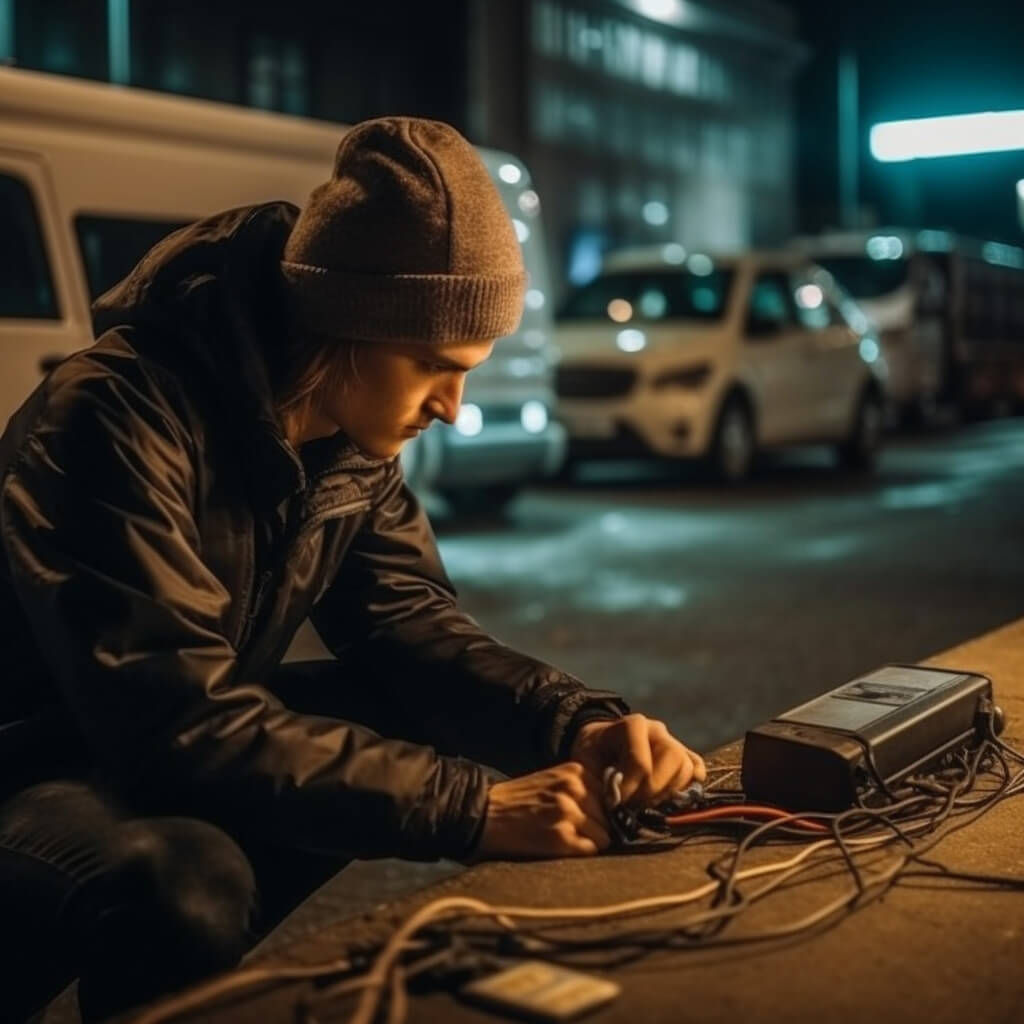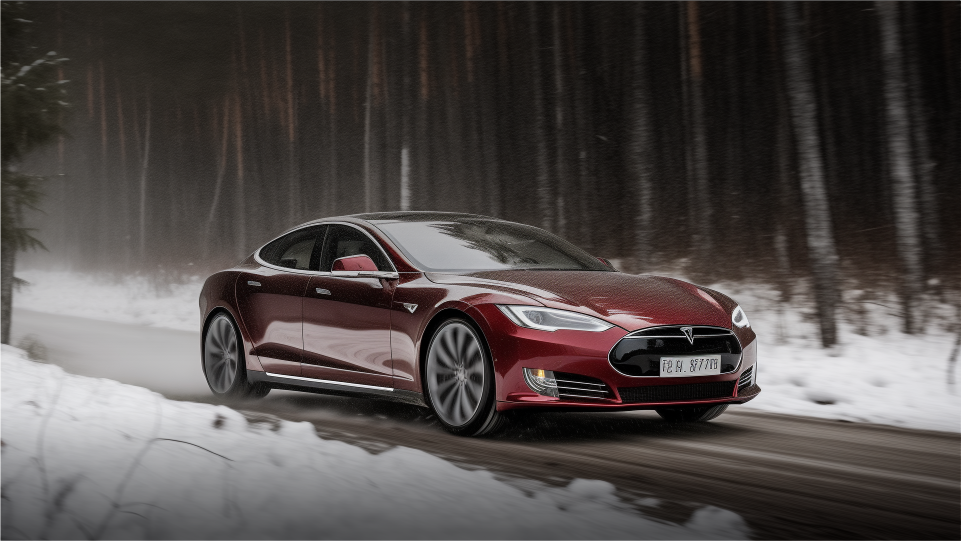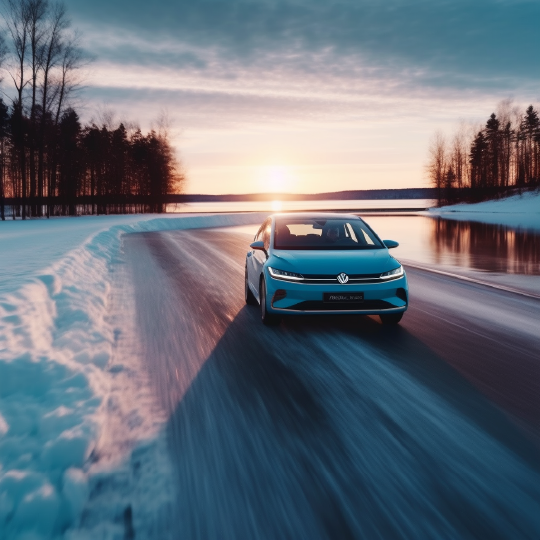Electric driving is on the rise. At the beginning of 2020, there were about 100,000 registered electric passenger cars in the Netherlands. By the start of 2023, this number has increased to over 300,000. But did you know that some of these cars can not only be charged but can also return energy to your home? This is called bidirectional charging, and it can change the way we think about energy consumption and storage.
What is bidirectional charging?
Bidirectional charging, also known as Vehicle-to-Home (V2H), is a technology where electric cars can not only be charged but can also return energy to the electricity grid or directly to your home. This essentially makes your electric car a mobile energy storage unit, or a "home battery."
How it works
To use your electric car as a home battery, it must support V2H. This means that your car can be charged and can return the stored power to your home. This is especially useful during peak hours, for example, when using household appliances like the washing machine or dishwasher. By using power from your car instead of the electricity grid, you help reduce peaks in energy consumption and keep the network balanced.
Benefits of bidirectional charging
- Balancing the electricity grid: by storing power during off-peak hours and returning it during peak hours, you help balance the electricity grid.
- Emergency power supply: in case of a power outage, your electric car can serve as an emergency power supply for your home.
- Optimal use of solar energy: if you have solar panels, you can store solar energy generated during the day in your car and use it in the evening, reducing your dependence on your energy provider.
Practical applications
The idea is simple: during the day, when the sun is shining, you charge your car with solar energy. This stored energy can then be used for your household in the evening. This is especially beneficial if you generate more solar energy than you consume. Instead of returning this excess energy to the grid, you store it in your car for later use.
Conclusion
Bidirectional charging offers an exciting glimpse into the future of energy management and electric driving. As we continue to look for ways to optimize our energy consumption and live more sustainably, bidirectional charging technology can play a key role in the energy transition.





